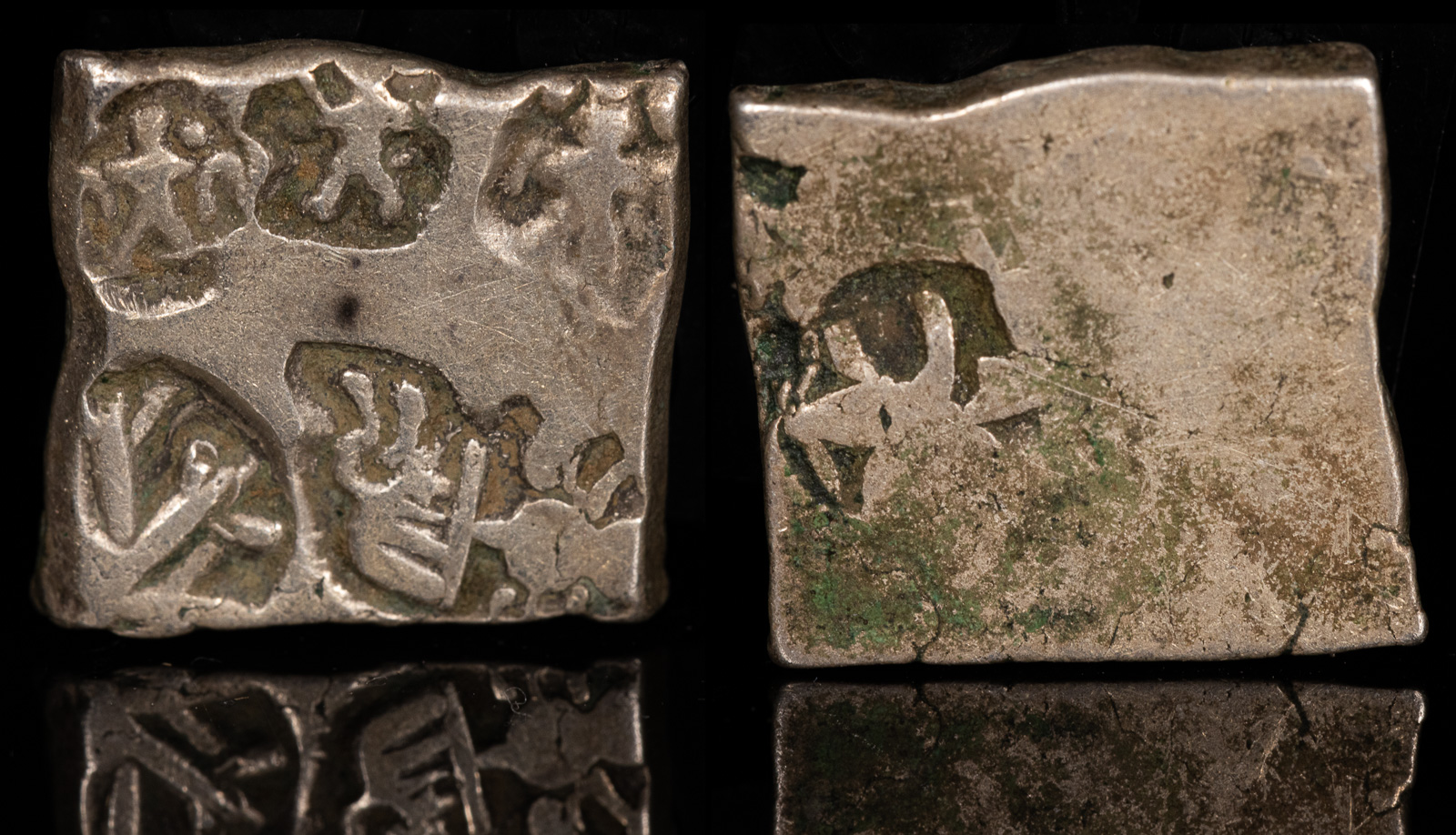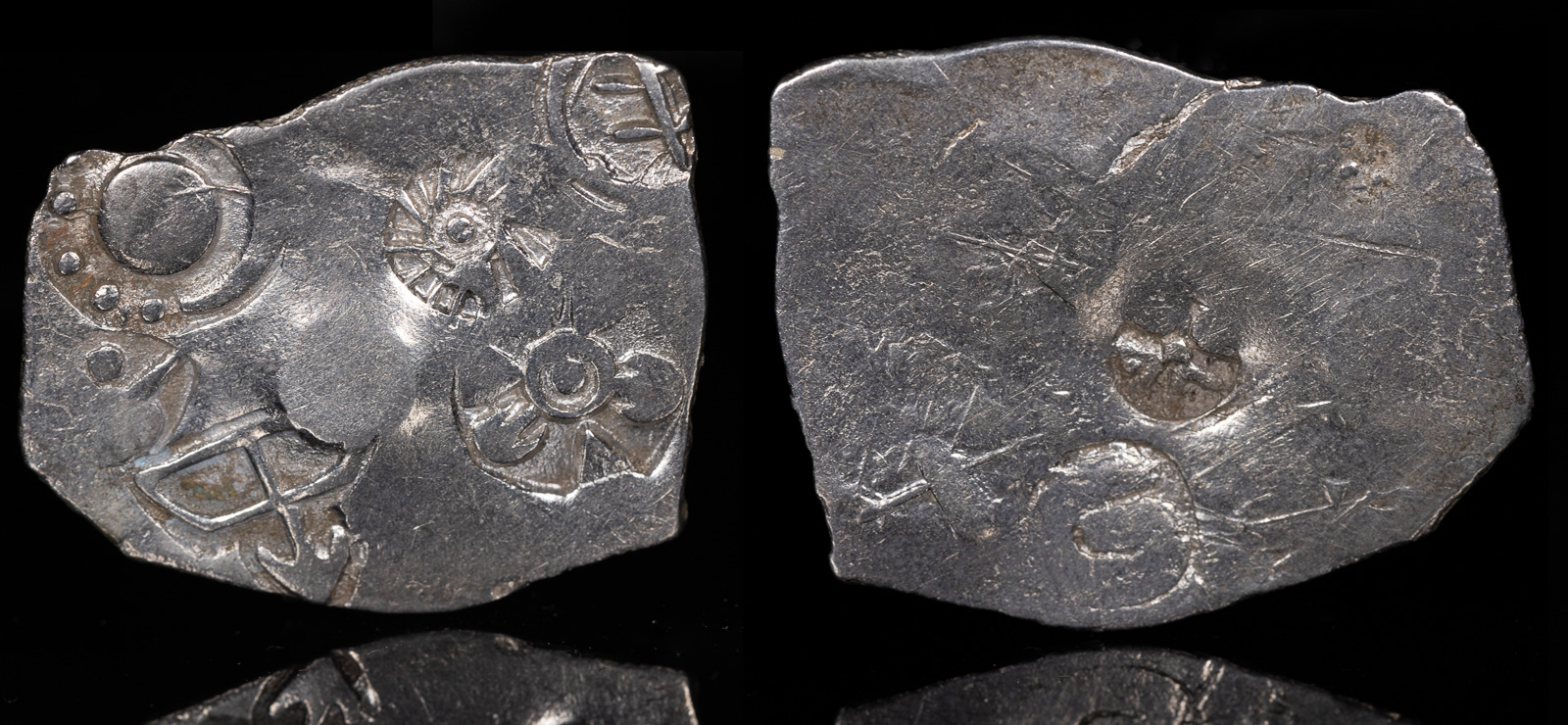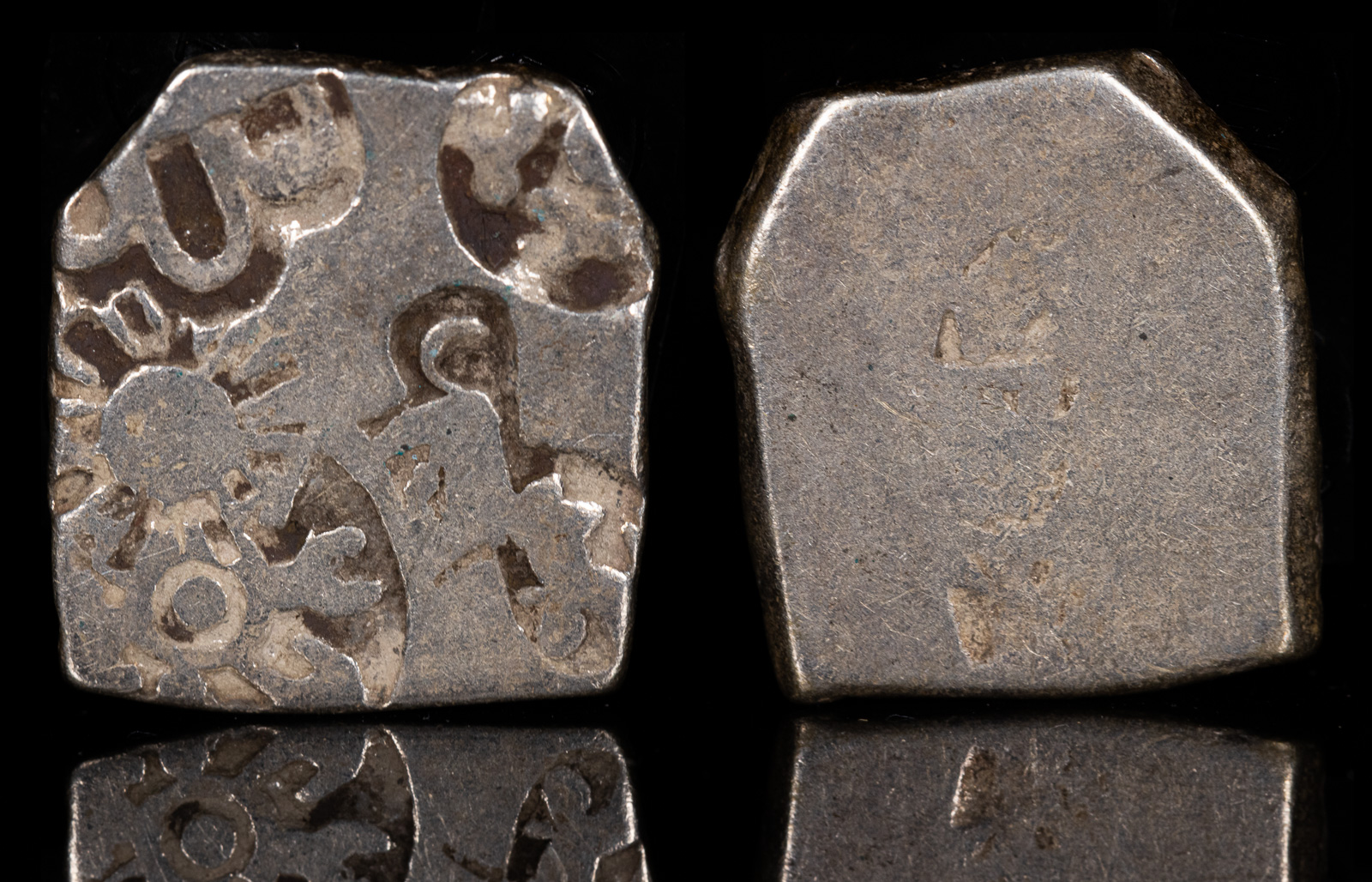Bankers Mark
View All Tags
In the Roman context, many of the bronze and silver coins minted during the Republic featured these marks as a means of associating the coin with a particular official, often a moneyer, who was responsible for the coin’s production. These moneyers, who were elected officials, often had their names and symbols inscribed on the coinage to affirm their role in overseeing the minting process. In some instances, these marks also denoted the financial backing or involvement of a prominent banker or merchant. The use of these symbols provided a way of indicating the quality and trustworthiness of the coin, reassuring both traders and the general public about its value and integrity.
The purpose of bankers’ marks extended beyond just identifying the origin of coins. In some regions, coins were used for trade or as instruments of credit. Bankers’ marks could represent the weight or value of a coin, ensuring that it conformed to certain standards. In some cases, the marks were used to identify coins that were loaned or backed by a specific financial institution, which helped track their circulation and prevent fraud. For example, during periods when inflation or debasement affected coinage, these marks could signify whether a coin was still trustworthy or if it had been altered in some way.

Ashoka
210-190 BCE
AR 14mm 3.43g
GH 586

India, Magadha Series 1 AR punchmarked
c. 6th-5th century BCE, time of kings Bimbisara and Ajatashatru
23-27mm 3.34g
Five official punches plus one banker’s mark
GH 128
Ex CoinIndia

Obverse Five official punches.
Reverse Traces of unofficial banker’s marks
c. 4th-3rd century BCE
3.15g 16 x 14 mm.
GH 479
According to Gupta and Hardaker, the Series Va coins are the initial issues of the growing Maurya empire. They date these coins to c. 320-270 BCE, the time of Chandragupta Maurya and Bindusara.